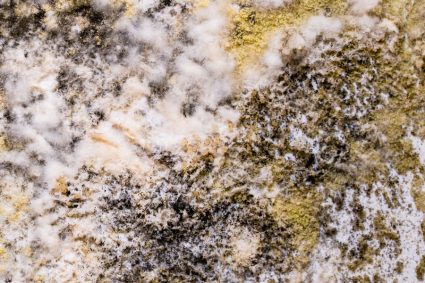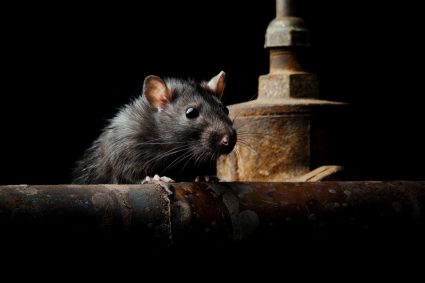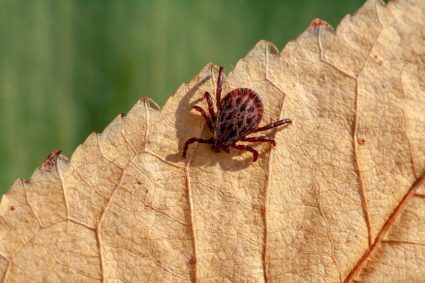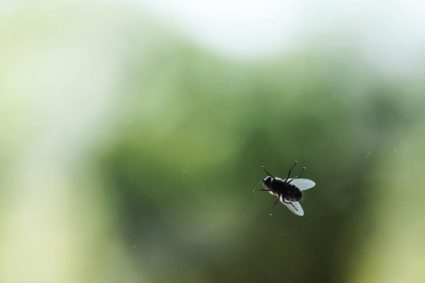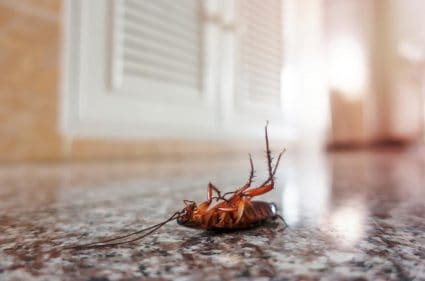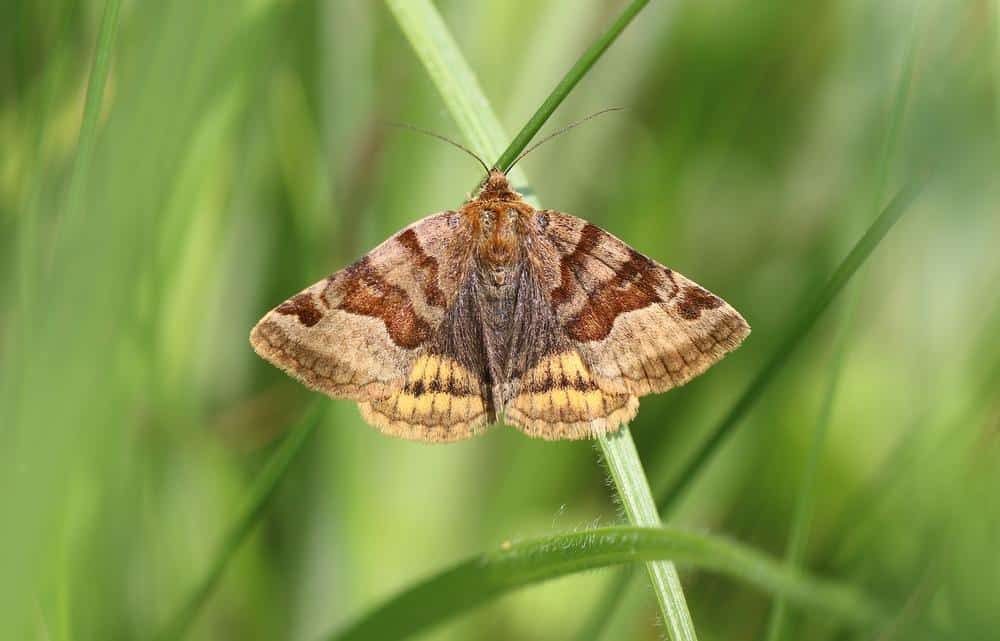
Gypsy moths, particularly in their caterpillar stage, are known to cause skin irritation and rashes, but it’s essential to note that they do not actually bite humans. The discomfort is caused by their hairs or setae, which carry histamine. In this article, we’ll delve into everything you need to know about these encounters, from the appearance and symptoms of a gypsy moth “bite” to prevention and treatment.
A gypsy moth “bite” is not a bite at all but a skin irritation caused by the moth’s hairs or setae. It appears as a rash of red or white bumps on the skin, similar to poison ivy. The rash can be itchy and uncomfortable, and symptoms may include mild to moderate stinging or pain, welts, blisters, and raised red bumps.
What Does a Gypsy Moth “Bite” Look Like?
A gypsy moth “bite” is actually a rash that appears as red or white bumps on the skin, similar to the irritation caused by poison ivy. These bumps can be itchy and uncomfortable. The rash is caused by the tiny hairs, or setae, on the caterpillar’s body, which carry histamine. Symptoms may include mild to moderate stinging or pain, accompanied by welts, vesicles (small, fluid-filled sacs), raised red bumps, and patches.
Symptoms and Signs of a Gypsy Moth “Bite”
It’s important to be aware of the symptoms that a gypsy moth “bite” can cause. These may include:
- Redness
- Itching
- Swelling
- Welts
- Blisters
- Headache, nausea, and vomiting (in some cases)
The onset of discomfort is usually noticed within 8 to 12 hours after contact, often becoming more pronounced 1 to 2 days later.
How to Differentiate a Gypsy Moth “Bite” from Other Insect Bites
Identifying the cause of a rash or insect bite can be challenging, as many insect bites and rashes can appear similar. However, there are a few factors that can help distinguish a gypsy moth rash:
- Gypsy moth caterpillars do not bite, so if you have a clear bite mark, it is likely from another insect.
- The rash caused by gypsy moth caterpillars is often accompanied by a stinging sensation, which may help distinguish it from other insect bites that typically cause itching without stinging.
- The onset of discomfort from a gypsy moth rash is usually noticed within 8 to 12 hours after contact, often becoming more pronounced 1 to 2 days later. This timeline may help differentiate it from other insect bites that may cause immediate or delayed reactions.
How to Treat a Gypsy Moth “Bite” at Home
If you’ve had a run-in with a gypsy moth caterpillar, here are some steps you can take to alleviate your symptoms:
- Remove any remaining caterpillar hairs by applying tape to the affected area and gently peeling it off.
- Wash the area with soap and water.
- Apply a cold compress or ice pack to the area for 10 to 15 minutes.
- Create a paste using baking soda and water, and apply it to the affected skin to reduce itching.
- Apply a hydrocortisone cream to the area to help alleviate itching and inflammation.
- If itching persists, consider using an antihistamine cream or taking an oral antihistamine.
When to Seek Medical Attention
While most reactions to gypsy moth caterpillars are mild, there are instances when you should seek medical attention. If you experience severe symptoms similar to poison ivy, shortness of breath, a persistent rash or itch that does not improve with over-the-counter treatments, or an inability to sleep at night due to the rash, consult a healthcare provider immediately.
How to Prevent “Bites” from Gypsy Moths
Prevention is always better than cure. Here are some steps you can take to prevent contact with gypsy moth caterpillars:
- Wear protective clothing when in areas where gypsy moth caterpillars are present.
- Use barrier bands around the trunks of trees in your yard to prevent caterpillars from climbing up.
- Remove caterpillars and adult moths from your property.
- Encourage natural enemies of the gypsy moth by providing habitats for birds and predators.
- Use insecticides labeled for gypsy moth control, such as Bacillus thuringiensis kurstaki (Btk).
In conclusion, while gypsy moth “bites” can be uncomfortable, they are not dangerous and can be managed with at-home treatments. However, severe reactions should be evaluated by a healthcare provider. Prevention strategies can help minimize the risk of contact with gypsy moth caterpillars.
Frequently Asked Questions
What are gypsy moths?
Gypsy moths are a species of moth in the family Erebidae. The caterpillars are known for their destructive feeding habits as they defoliate large sections of forests and residential areas.
Why are they called gypsy moths?
They were named gypsy moths because of their nomadic nature. The larvae can disperse from their original locations by spinning a silk thread that catches the wind, enabling them to travel to new areas.
Can gypsy moth caterpillars cause an allergic reaction?
Yes, some people may have an allergic reaction to the histamine in the caterpillar’s hairs or setae. This can result in symptoms such as redness, itching, and swelling.
How long does a gypsy moth “bite” rash last?
The rash typically lasts for about a week, but this can vary depending on the individual’s sensitivity and the extent of contact with the caterpillar’s hairs.
Can gypsy moth caterpillars harm pets?
Yes, pets can also be affected by the hairs of gypsy moth caterpillars. If your pet shows signs of discomfort or a rash, consult a vet.
Are gypsy moths dangerous to trees?
Yes, gypsy moth caterpillars can cause significant damage to trees. They are known to defoliate, or strip the leaves from, a wide variety of trees, which can weaken and potentially kill the tree.
What time of year are gypsy moths most active?
Gypsy moths are most active in their caterpillar stage, which typically occurs in late spring and early summer. This is when they feed and can cause skin irritation in humans and pets.


